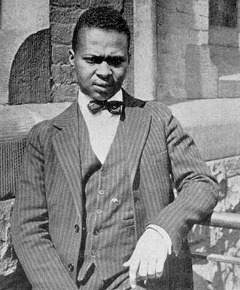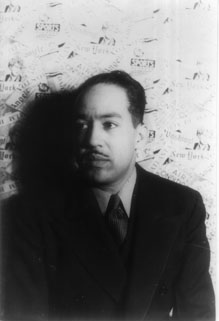
Brother to Brother is a movie about the Harlem Renaissance based on the point of view of an old black writer who lived through it named Bruce Nugent. In the movie he makes friends with a gay young student who goes to an art school. In the film and in real life, Nugent had to struggle for equal rights as a black man, but also for being gay.
It was difficult being gay during the Harlem Renaissance because that person would not only be ostracized for being black from the white community, but also shunned by the black community. Being gay in that time was a double whammy because not many people accepted them. Not only did Nugent have to struggle to have his work read, but also being accepted by everyone for being gay. The struggle can be seen carried on by Perry in his everyday classes. Although racism doesn't widely exist in society today, homophobia sometimes is. When Perry tried presenting his project to the class about gays, many questioned why they had to watch it. The males in his class did not see equality for gay people as a civil right.
If I am not mistaken, during the Harlem Renaissance, blacks were often lynched by whites, and this does apply for Perry too in modern day life. Blacks were lynched because they were black and Perry was beaten up by boys in his class because he was gay. Many people say that "Gay is the new Black" and it really applies to these scenarios. They were being physically abused because they were being themselves.
The blacks during the Harlem Renaissance should of helped the black gay men and women during that time. Why make a minority into an even smaller group so they could shun them from society even more? Blacks should know how racism and discrimination feels like, and they should work with the gays because they were equally being discriminated at. Why make their lives worse? That one man in the movie killed himself in the bathtub because he was gay and ashamed and shunned. That's horrible because being gay doesn't mean one should be an outcast. Gay black men and women in that time still supported fighting against black civil rights, but had to fight by themselves for gay rights. If more people were on board with helping fight against gay rights, maybe both would have been achieved at the end. What's the point of calling it equal rights when someone is left out at the end?


.jpg)





